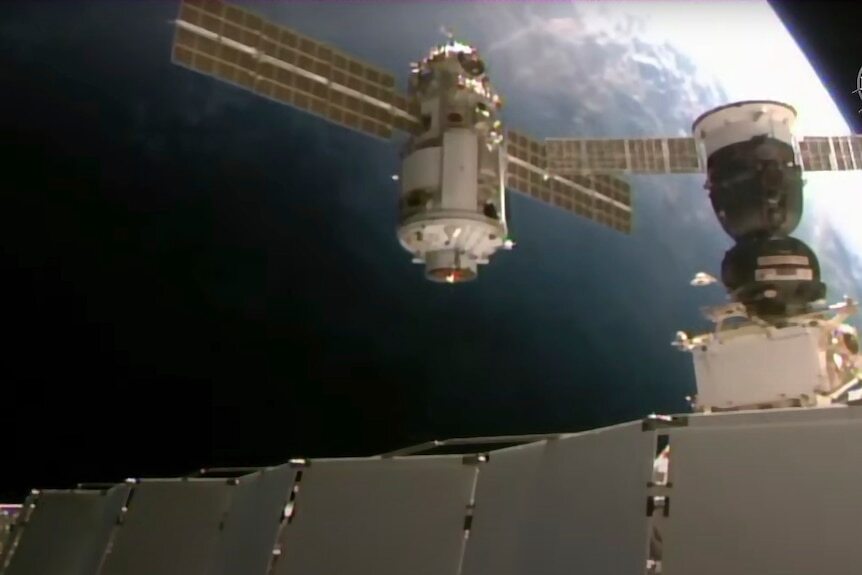
The seven astronauts aboard the International Space Station (ISS) recently encountered an unexpected and potentially dangerous situation. The Russian laboratory module, Nauka, inadvertently fired its thrusters while docked at the ISS. The force nudged the space station out of its normal flight position for a short time.
Nauka embarked on its eight-day journey to the ISS from the Baikonur Cosmodrome in Kazakhstan on July 21, 2021. As expected, the spacecraft autonomously docked at the ISS on July 29, 2021. However, about three hours later, Nauka sprang back to life after a software glitch activated its thrusters. The accidental misfiring pushed the ISS out of its normal orientation by 45 degrees, or about one-eighth of a circle.

Fortunately, flight controllers on Earth were able to bring the ISS back into position with opposing thrusters fired from other Russian modules. The astronauts did not feel any movement during the 47-minute incident. However, the station's position is key to keeping its solar panels illuminated and its antennas in contact with Earth. Hence, the slight shift did result in a loss of communication with ground control twice. It was just for a few minutes each time.
Space station program manager Joel Montalbano later said that there were no immediate signs of damage to the station. Though the incident was declared a "spacecraft emergency," NASA officials assert that the astronauts aboard were never in any danger.
Nauka, which means "science" in Russian, weighs more than 22 tons and measures 42 feet (13 meters) long. It is the biggest space laboratory Russia has launched to date. The multi-purpose spacecraft is equipped with an oxygen generator, a spare bed, a toilet, and a large robotic arm from the European Space Agency. It is designed to provide the ISS crew with more living and research space.
Resources: Gizmondo.com, NASA.gov, Space.com
